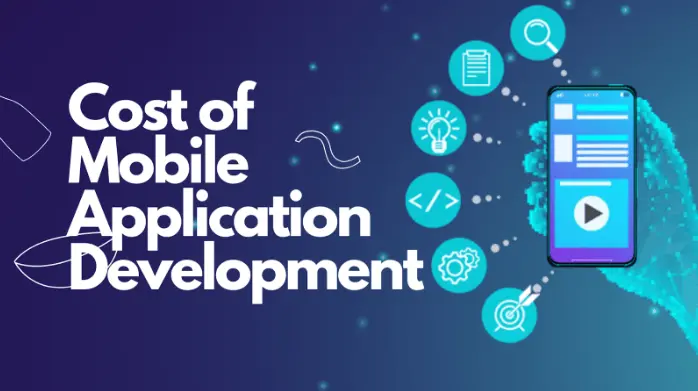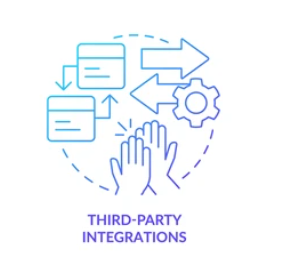Exploring the Factors Influencing the Cost of Mobile App Development

In today's digital age, mobile apps have become an integral part of our lives, catering to a range of needs from communication to productivity, entertainment and more. However, the cost of developing a mobile app can vary significantly depending on a number of factors. This article looks at the key elements that affect the cost of mobile app development.
Complexity of Features for Mobile App Development
The complexity of the features and functionality you want to include in your app is one of the main determinants of price. Basic apps with simple features like calculators or to-do lists can cost around $5,000 to $20,000. As complexity increases, such as incorporating real-time data synchronization, advanced user interfaces, or interactive maps, costs can climb to $50,000 or more.
Platform Considerations of Mobile App Development
Deciding whether to develop for iOS, Android, or both platforms affects cost. Development for both platforms generally costs more due to the need for separate coding and testing. Android apps can have a wider reach, but device and version fragmentation can increase development time and cost.
Design and User Interface

A visually appealing and user-friendly design is essential for a successful application. Investing in custom designs and animations can improve the user experience of your app, but it can also increase costs. Design costs can range from several hundred to several thousand dollars, depending on the complexity.
Backend

Applications that require server-side components, databases, and APIs for user authentication, data storage, and more include backend development. This adds another layer of complexity and cost. Backend development costs can vary widely depending on the complexity of the infrastructure required.
Third-Party Integrations

- Integrating third-party services such as payment gateways, social media logins, or mapping APIs can improve the functionality of your app. However, these integrations often require additional development efforts, which can contribute to higher costs.
Testing and Quality Assurance

Thorough testing is essential to ensure your app runs smoothly on different devices and under different conditions. Quality assurance processes contribute to costs, but are critical to delivering a reliable application to users.
Project Management

Effective project management ensures that the development process stays on track. Project managers coordinate tasks, manage timelines and ensure effective communication between team members. Although this may not be a direct development cost, it is a crucial aspect that affects the overall cost of the project.
Geographical Location of the Team
The location of your development team can significantly affect costs. Developers in regions with a higher cost of living may charge more for their services. Outsourcing to countries with lower labor costs could bring savings, but it is important to consider language barriers and potential communication issues.
Conclusion
The cost of developing a mobile app is affected by a number of factors, each of which contributes to the overall cost. Understanding these factors is key to budgeting and planning your app development project, from feature complexity and design considerations to platform selection and backend development. As the app landscape is constantly evolving, it's essential to carefully assess your app's requirements and allocate resources accordingly to create a successful and cost-effective mobile app.